Photo
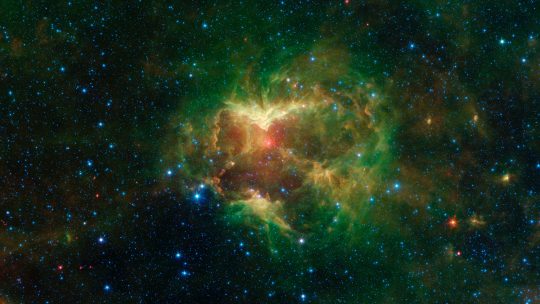

Celestial Pumpkin
On the edge of the Milky Way, a star is prepping for Halloween. It’s carving up the Jack-o-Lantern nebula by pushing dust and gas outward, giving it the appearance of a hollowed-out pumpkin.
104 notes
·
View notes
Photo

Ghosts of The Universe
What happens when a star dies? When stars about the size of our Sun deplete their nuclear fuel, they expel their outer layers, leaving behind only the dense core. These stars are known as white dwarfs.
268 notes
·
View notes
Photo


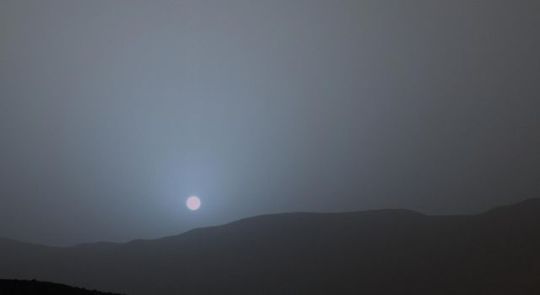
Martian Sunsets
Just like Earth, the other planets of our solar system have sunrises and sunsets. On Mars, sunsets are blue and the sun appears smaller.
Image Credit: NASA
291 notes
·
View notes
Photo
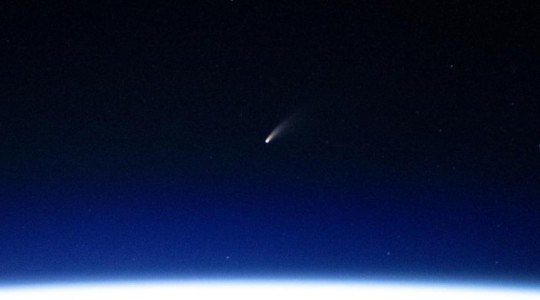


Comet NEOWISE
If you didn’t spot this rare comet, keep your eyes on the sky. It will return after 6,766 years! Can’t wait that long? An even brighter comet, 12P/Pons-Brooks, will arrive in early 2024.
130 notes
·
View notes
Photo

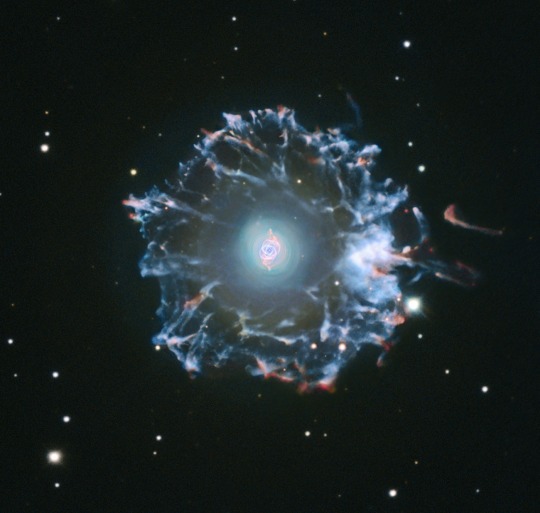

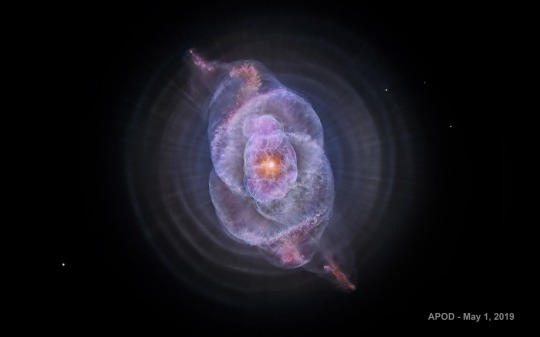
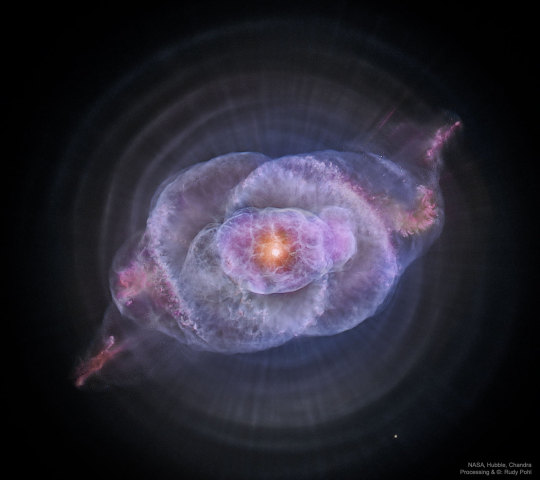
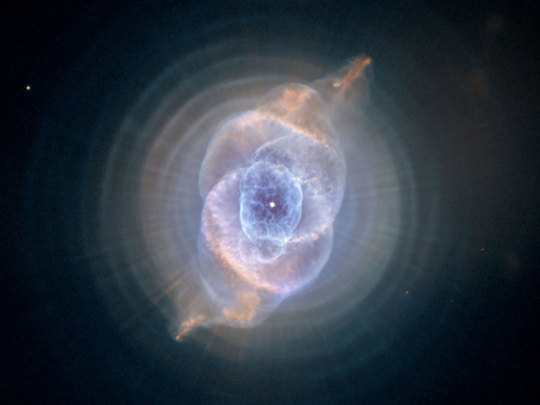

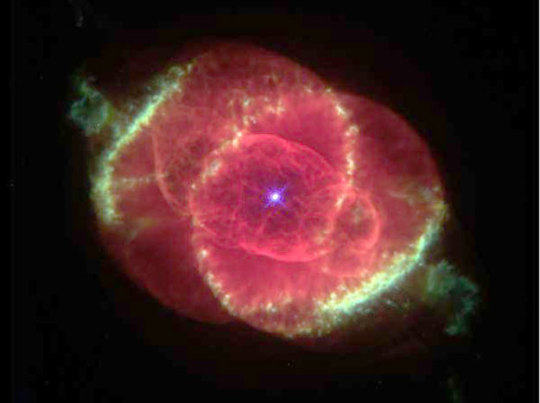
The Cat’s Eye Nebula
Located 3,200 light years away from Earth in our very own galaxy, the Cat’s Eye Nebula was discovered by William Herschel in 1786.
Image Credit: NASA
274 notes
·
View notes
Photo
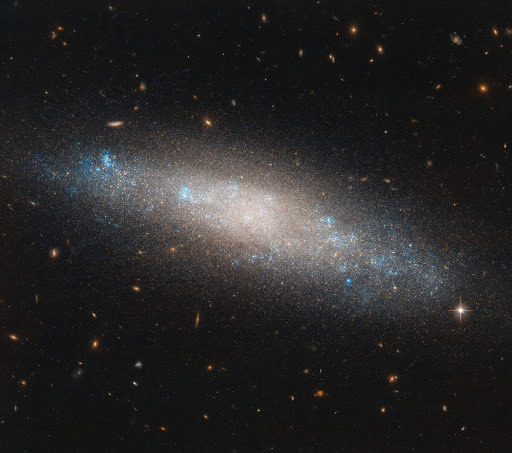
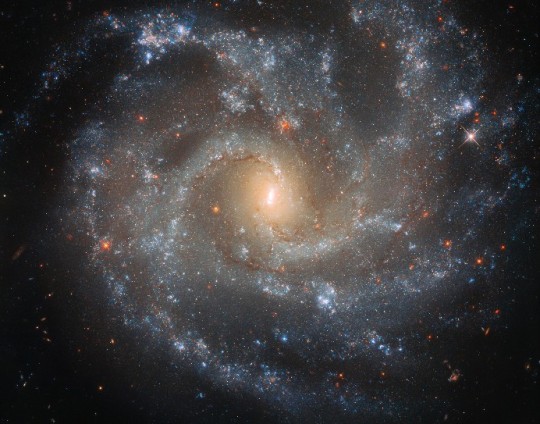
Celestial Glitter
In the constellation Coma Berenices you can find the universe’s ultimate arts and crafts project: a spiral galaxy named NGC 4455.
Image Credit: NASA
177 notes
·
View notes
Photo
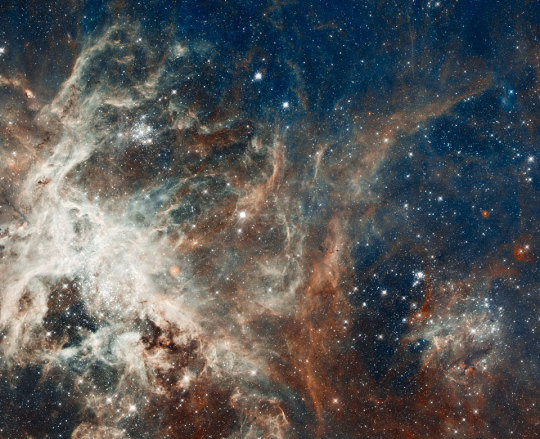


The Tarantula Nebula
You can never escape creepy crawly spiders, not even in the endless vacuum of space. One hundred and eighty thousand light-years away, the Tarantula Nebula is waiting for you to fall into its starry web.
Image Credit: NASA
#science#space#astronomy#physics#universe#beauty#nebula#tarantula nebula#stars#nasa#gold#golden#yellow#sparkly#blue#orange#red#gas#clouds
2K notes
·
View notes
Photo



Mercury: A Small, Swift Planet
Mercury, the fastest planet in our solar system, is aptly named after the fleet-footed Roman god of messengers. Mercury races through space at a stunning 47 kilometers per second and travels all the way around the Sun in only 88 Earth days.
Image Credit: NASA
#science#space#astronomy#geography#physics#universe#stars#mercury#gods#planet#nasa#sun#solar system#fast#rocky#small
170 notes
·
View notes
Photo
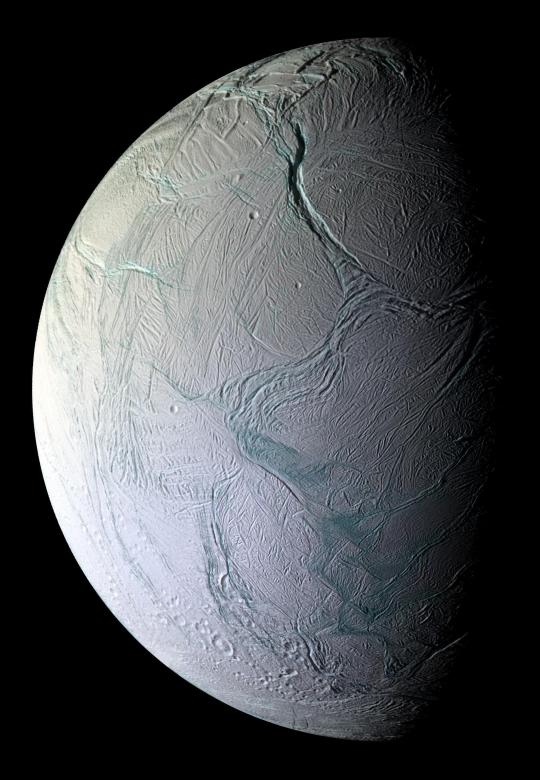


Enceladus: An Icy, Ocean Moon
Enceladus, a moon of Saturn, is one of the most fascinating worlds in our solar system. Jets of water vapor spew from its southern pole, and beneath the icy surface is a salt water ocean that could contain hydrothermal vents similar to those found in the depths of Earth’s oceans.
Image Credit: NASA
#space#universe#solar system#saturn#astronomy#physics#biology#astrobiology#moon#enceladus#ice#ocean#beautiful#life#water#nasa#casini#planet#science#gravity#geology
270 notes
·
View notes
Photo
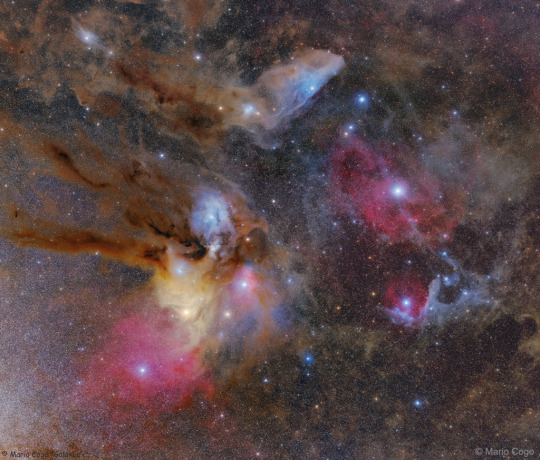
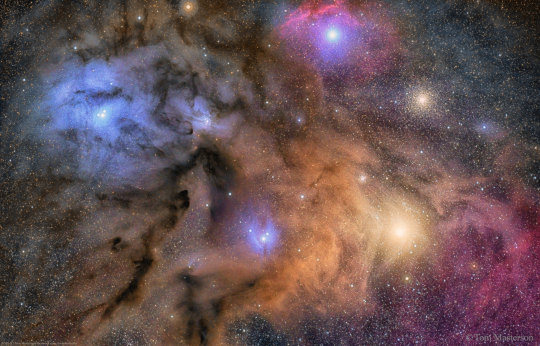

The Rho Ophiuchi Nebula Complex
About four hundred light-years away, colors abound in this beautiful cluster of nebulae. It is the closest star-forming region to Earth.
#space#nasa#astrophotography#photography#astronomy#physics#nebula#stars#beautiful#universe#color#rainbow#clouds#gas#dust#science
150 notes
·
View notes
Photo
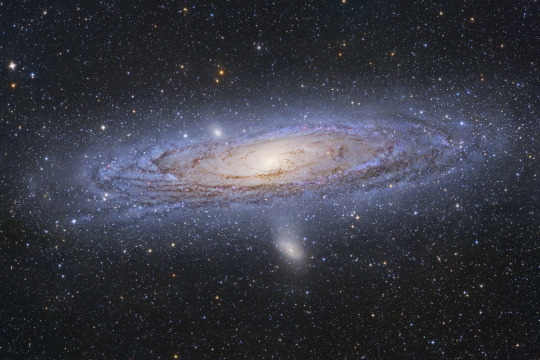
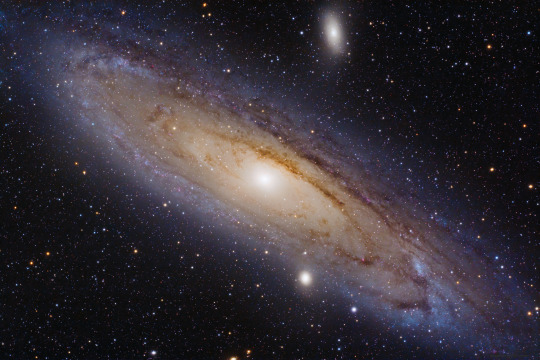

Intertwined Fates
The Andromeda Galaxy, pictured above, is set to collide with our very own Milky Way Galaxy in a few billion years. Following the collision, the two will merge to form one, large elliptical galaxy.
Image Credit: NASA
101 notes
·
View notes
Photo

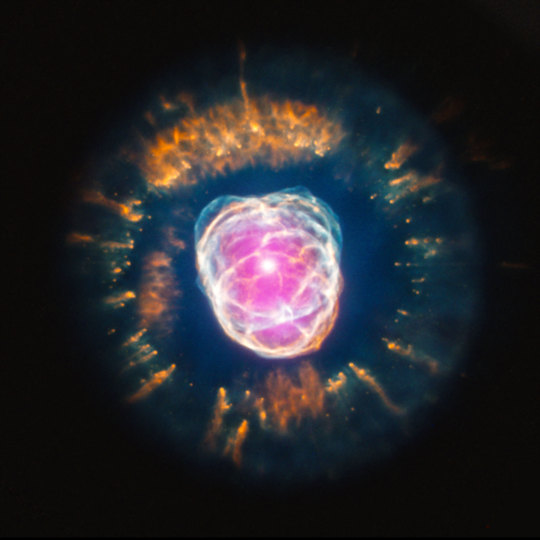
NGC 2392
Nicknamed the “Eskimo Nebula” because of how it resembles a face surrounded by a parka hood, this beautiful nebula is located about 5,000 light-years away in the constellation Gemini.
Image Credit: NASA
#space#astronomy#physics#universe#stars#nebula#gemini#constellation#beautiful#colorful#eskimo nebula#nasa#hubble
287 notes
·
View notes
Photo
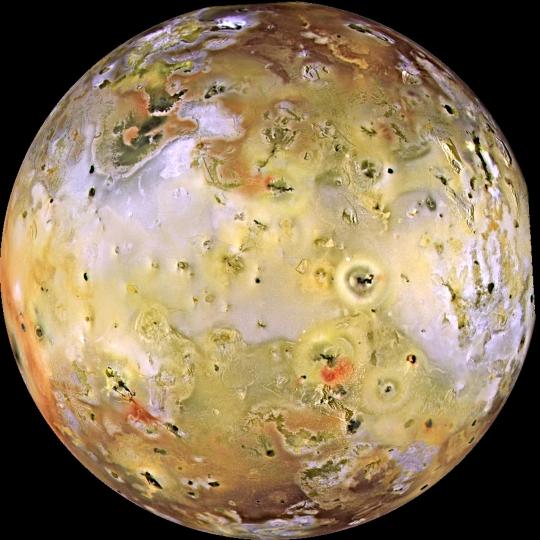
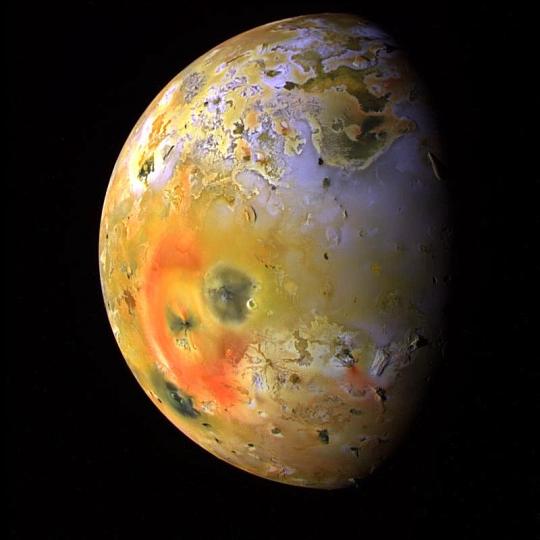
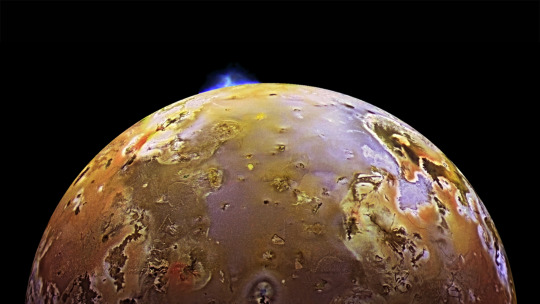
Io: The Volcanic Moon
Want to see a volcano erupt? Try visiting Jupiter’s moon Io, the most volcanic world in our solar system. Some eruptions are so intense they launch molten material dozens of miles above the surface!
Image Credit: NASA
751 notes
·
View notes
Photo

The Butterfly Nebula
Could this be the largest insect in the universe? With a wingspan over three light-years wide, it probably is. (But I wouldn’t count out those murder hornets just yet.)
Image Credit: NASA
#space#astronomy#universe#butterfly#nebula#stars#beautfiul#colorful#large#butterfly nebula#insect#hubble#constellation monoceros#nature#physics#light#beauty#photo#astrophotography#nasa#big#light years#murder hornets
789 notes
·
View notes
Photo
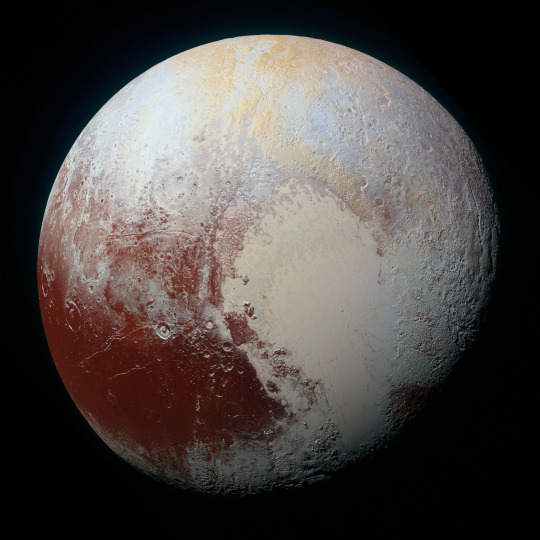

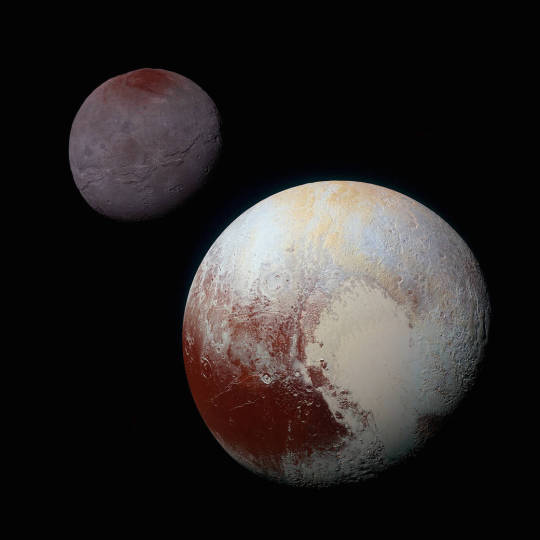
More Than What It Seemed
When the New Horizons probe visited Pluto and its moon (Charon) in 2015, it revealed beauty and complexity no one expected.
Image Credit: NASA
#space#astronomy#solar system#dwarf planet#pluto#beauty#color#complexity#universe#beautiful#geology#moon#charon#satellite
144 notes
·
View notes
Photo


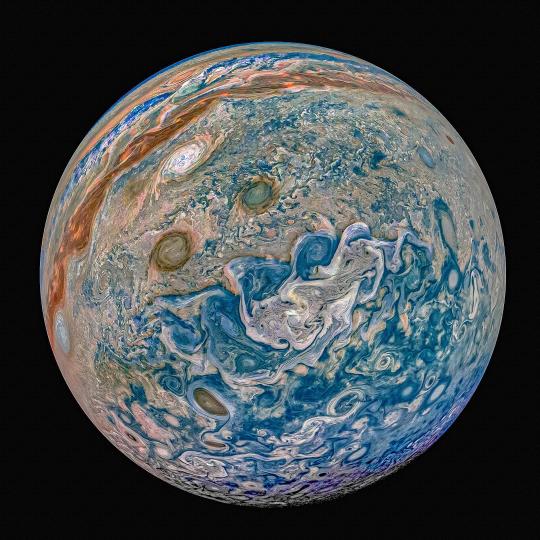
Swirling Beauty
Jupiter’s dynamic and colorful atmosphere never fails to impress.
Image Credit: NASA
157 notes
·
View notes